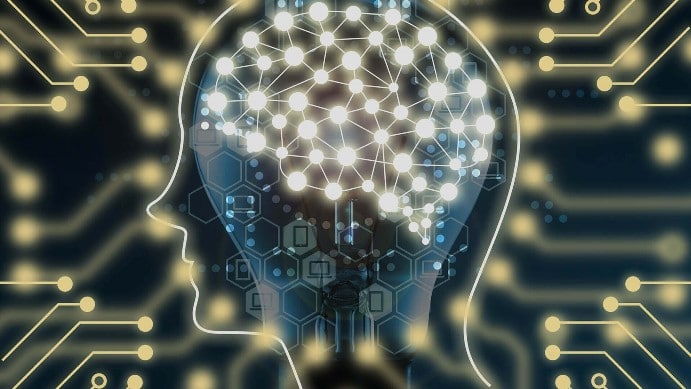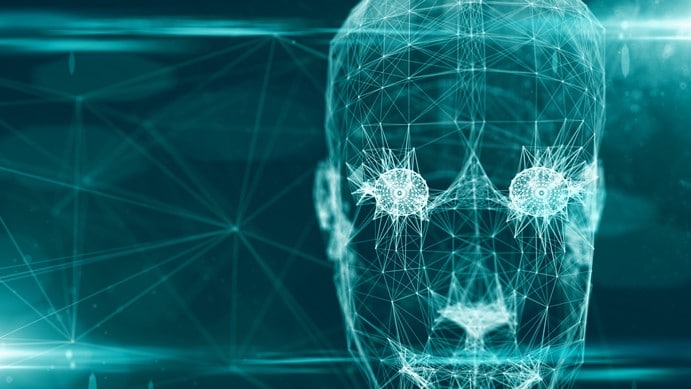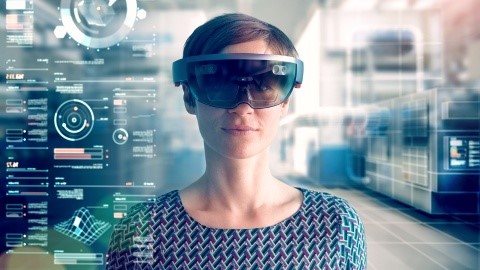Artificial intelligence is considered a magic technology that our future belongs to. It has influenced the majority of tech industries and is implemented in many fields to make things easier and better. However, the field still appears to be an unresolved mystery; no one knows where it may lead in the future. AI is a hot topic of discussion for many and even the professionals are not sure either it is going to save the future of the world or will it be a cause of doom.
AI has always seemed like a factor that can change the workplaces and industries. Many scientists believe that AI is going to replace human employees in many sectors. Designer, however, was considered irreplaceable as their job is not a simple one. Designing needs critical thinking, empathy, social intelligence, and a lot more characteristics that technology advancement seems unable to teach machines because they cannot think as humans do.
Yet, the influence of AI in other domains and the hype of this term insist that the design industry is also going to be influenced by Artificial Intelligence. Along with Artificial Intelligence (AI), Machine Learning (ML), Virtual Reality (VR), Augmented Reality (AR), and Mixed Reality (MR), are all going to contribute to the future of the design industry and of the world, on the whole.
The Point that Connects AI with Design

One aspect that the design industry and Artificial Intelligence have in common is the purpose. Both AI and designing aim to solve complex problems and implement a solution in the most convenient manner. Whether we talk about a machine design or a logo design, the purpose of it is to resolve complex problems in an aesthetically appealing way. In the case of AI, complex problem solving is a major purpose.
If both the fields will work together, problem-solving will take quite less time and will be done with more speed. Take the example of logo designing. Technology may lead logo designing to a point where all a designer will have to do to create a custom logo design is enter the required data and approve the generated design.
Are Designers Going to be replaced?
However, even if AI is designed to generate designs in the future, it will still require human designers for approval and entry of basic data that the machine will need to create a design for a specific business. This discussion of what we can achieve in the design industry or what we AI is currently accomplishing in the design industry is important because it will determine the way for various designers and AI scientists. Calculating what future holds can be a way of setting goals to be achieved in the future.
This article is an attempt to present some of the most credible estimates to give our readers an insight into the future of design and AI together. However, before heading towards how things will roll out in the future for AI systems, let us have a comparison of the present and past of AI systems.
AI systems in the Past

In an earlier age, AI systems were designed by having a set of principles that would model intelligence. This approach was limiting as it was not able to solve highly complex problems. They were used for simple and narrow projects. They are still used in many projects including simple chatbots and other AI-based devices that work on limited input.
AI systems in the contemporary World
AI setups now have become able to handle more complex projects as they can work through large datasets that function with manipulated algorithms. They are capable of identifying patterns in the datasets and thus, can imitate decision making. There are various new methods and techniques that can be used for training different subsets of machines.
AI and the Future
One thing that we can be very clear about AI is the fact that it has a lot of potentials and that is depicted in its current status. Now, as we already discussed, AI is not going to completely replace human designers but rather it will make their work much easier. It will speed up the process of designing several customized designs and save a lot of time.
Algorithms and Design Input
However, the designers will have to put in exact, clear, and defined input to generate designs that they want. So one challenge that the designers and AI scientists are going to face is designing efficient algorithms for specific designing projects and providing the AI system with clean and simplified input.
The algorithms should be able to create AI models, that is, the machine ‘experience’ that will help the system in identifying certain patterns and ground its ‘thinking’ capacities on the foundation models.
Voice and Noise for better Interactions with Machine

Another major aspect of AI and design future is related to the technology of voice recognition and language processing in machines. A machine is now able to take layered inputs of languages and voices but they are still not so good at differentiating useful data input from the useless. The systems need to have a better understanding of written and verbal language in order to grasp the context of the data. This one factor will make it possible for AI systems to handle highly complex design projects and provide users a better interactive experience.
We all have a lot of hopes regarding the future of AI in the design industry. Being able to have outstanding designs that will boost the quality of users’ experience without needing to put too much critical thinking and the knowledge of design tools seems like a dream. This dream is the goal of the designers and scientists who are working together and looking forward to improved AI technologies.
Author Bio:
Jessica Ervin is a professional graphic designer who works with Design Iconic, which provides free online logo maker services. She has been in the graphic designing industry for a long time and has vast experience in the field. Her experience has given her an insight into designing along with a diligent technical skill.

Thanks for sharing this amazing information with us I am so greatful